Donald Judd's work goes on show at David Zwirner in London
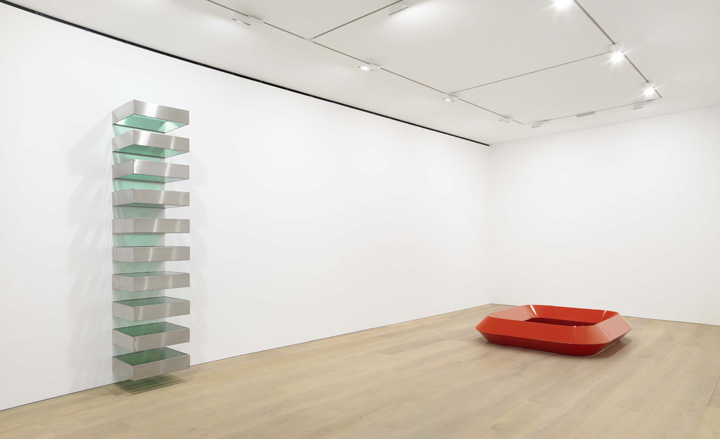
'Don't call Don a minimalist, or an American artist,' said Flavin Judd, during a walkthrough of his father's exhibition at London's David Zwirner gallery. Fresh off the plane from LA, and with a refreshingly laid-back air, Judd Jr, like Sr, has most definitely resisted labels.
The last retrospective of Donald Judd's work in the UK was at Tate Modern in 2004, and this is the first showing of the artist in a London gallery for almost 15 years. The exhibition, which covers the period 1964 to 1991, has been timed to coincide with Judd's birthday month, and the opening to the public of 101 Spring Street in New York (see W*171), the artist's home and studio from 1968 until his death in 1994.
Judd was, for the most part, averse to gallery shows of his work, preferring permanent installations, which he saw as the best, and most honest, type of presentation - the object's engagement with the space would remain exactly as he intended it. Hence the pieces - 15 huge concrete boxes - located in Marfa, Texas, where Judd decamped to in the 1970s, nearby Chinati Foundation, the contemporary art museum that he founded, and in situ at 101 Spring Street.
Real as opposed to represented space, materiality, singularity - these were the tenets of Judd's philosophy, which the artist laid out in his seminal essay 'Specific Objects', published in 1965. Judd's fellow artists and friends Carl Andre, Dan Flavin, and Jasper Johns were on a similar path, creating new types of work that defied classical definitions. These objects, as Judd stated, were 'neither painting nor sculpture'.
From the early 1960s onwards, Judd developed a lexicon of forms - boxes, stacks and 'progressions' - that were to underpin his oeuvre. The materials he selected to work with, from Plexiglass and plywood to concrete, were pioneering in art at the time. Plywood, which Judd began to use in the early 1970s, gave the artist the opportunity to work with a highly durable material that allowed for different shapes and larger-scale works, which engaged with space in different ways; Untitled (Ballantine 89-31), 1989, made from Douglas Fir plywood, is one such piece on show.
For some of the artist's early metal pieces, the engineering challenges were not inconsiderable. For Untitled, July 6, 1964, a rounded square comprised of cadmium-red enamel (a favoured colour) on galvanised iron, Judd employed local industrial manufacturers.
Colour was key to much of Judd's work, and like his contemporary John Chamberlain, he explored its effects, using enamel on aluminium and coloured Plexiglass, as in Untitled, March 8, 1965 - a transparent pink box transected by steel cables.
Since 1996, the Judd Foundation, whose board is overseen by Flavin Judd and his sister, Rainer, has managed the artist's estate. David Zwirner became the foundation's sole representative in 2010. Despite his dislike of the gallery setting, Judd, one hopes, would have applauded this exhibition. The space may be temporary, but the pieces interact with it beautifully, precisely.
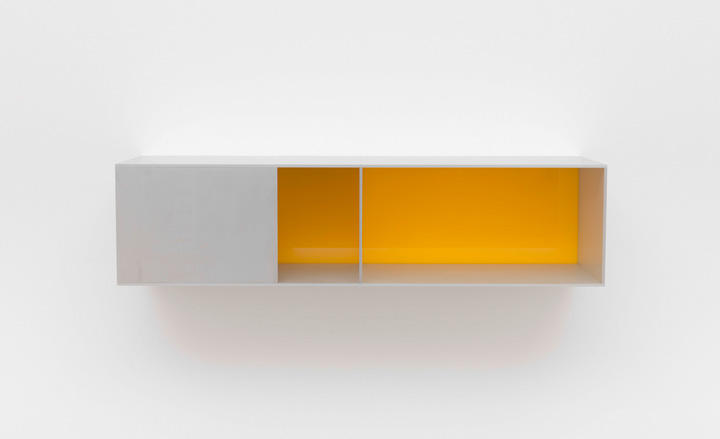
'Untitled (Menziken 91-141)', 1991.
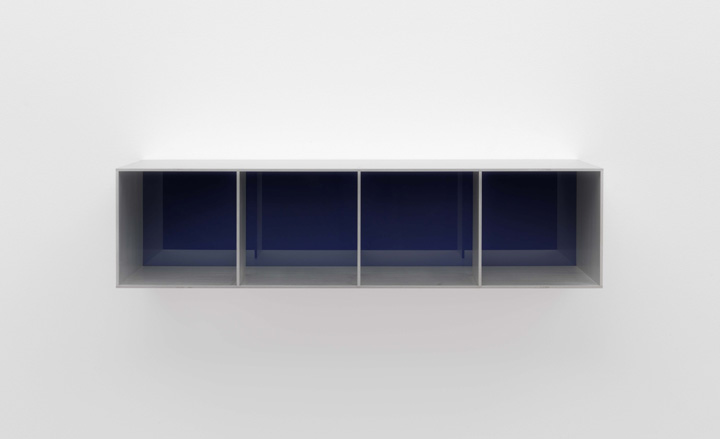
'Untitled (Menziken 88-92)', 1988.
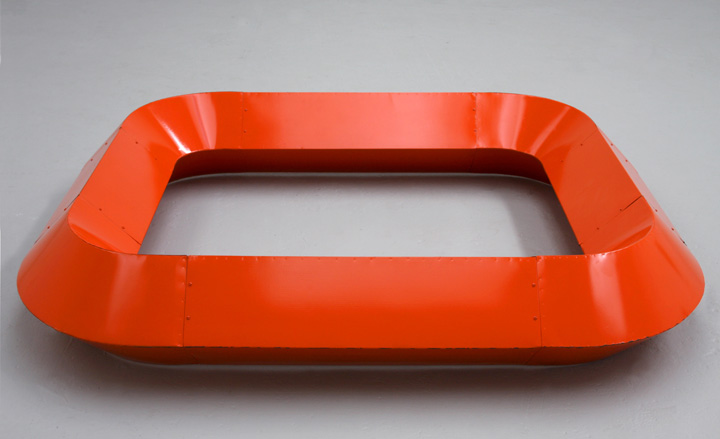
'Untitled', July 6, 1964.
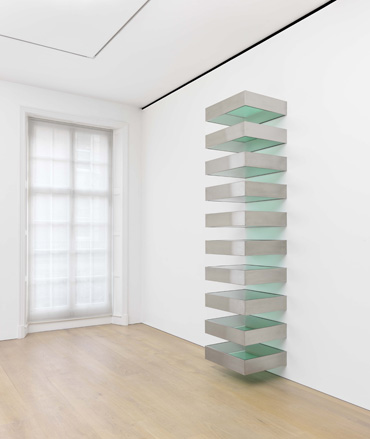
'Untitled (Bernstein 89-1)', 1989.
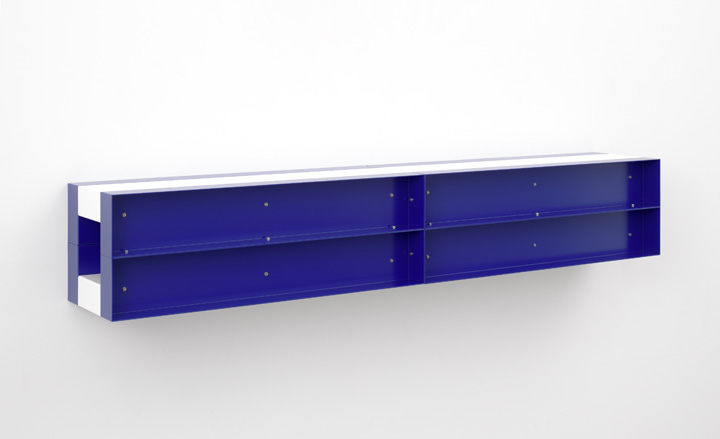
'Untitled (Lascaux 89-59)', 1989.
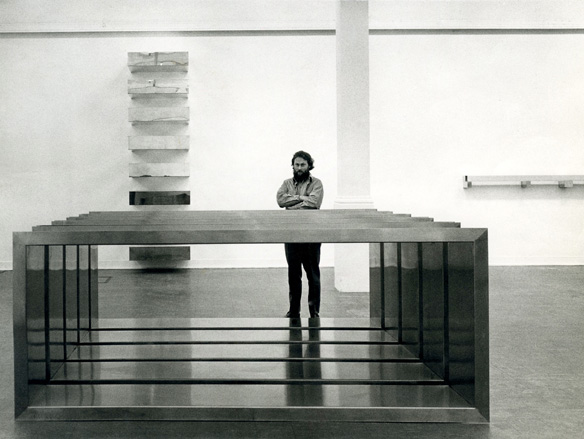
Donald Judd with his work at Whitechapel Gallery, London, 1970. © Judd Foundation. Licensed by VAGA, New York, NY. Courtesy Whitechapel Gallery Archive.
ADDRESS
David Zwirner
24 Grafton Street
London W1S 4EZ
Wallpaper* Newsletter
Receive our daily digest of inspiration, escapism and design stories from around the world direct to your inbox.
-
 All-In is the Paris-based label making full-force fashion for main character dressing
All-In is the Paris-based label making full-force fashion for main character dressingPart of our monthly Uprising series, Wallpaper* meets Benjamin Barron and Bror August Vestbø of All-In, the LVMH Prize-nominated label which bases its collections on a riotous cast of characters – real and imagined
By Orla Brennan
-
 Maserati joins forces with Giorgetti for a turbo-charged relationship
Maserati joins forces with Giorgetti for a turbo-charged relationshipAnnouncing their marriage during Milan Design Week, the brands unveiled a collection, a car and a long term commitment
By Hugo Macdonald
-
 Through an innovative new training program, Poltrona Frau aims to safeguard Italian craft
Through an innovative new training program, Poltrona Frau aims to safeguard Italian craftThe heritage furniture manufacturer is training a new generation of leather artisans
By Cristina Kiran Piotti
-
 Takashi Murakami and Ryan Murphy headline Wallpaper* November 2023
Takashi Murakami and Ryan Murphy headline Wallpaper* November 2023In the Wallpaper* November 2023 Art Special, discover Takashi Murakami’s pandemic-inspired creatures, producer Ryan Murphy’s Hollywood HQ, 20 years of Frieze and more, on newsstands today
By Sarah Douglas
-
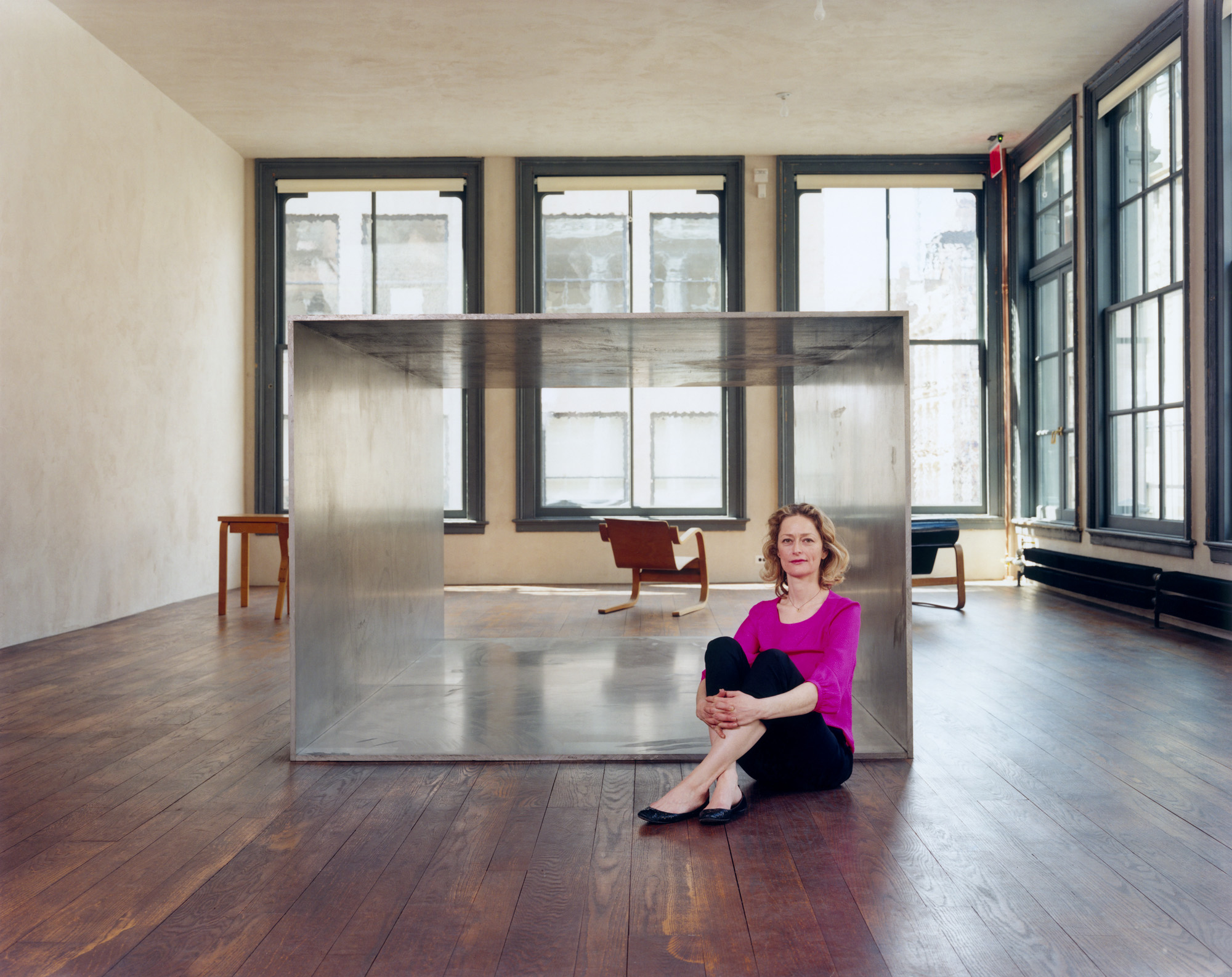 Donald Judd’s home and studio in New York: celebrating 10 years
Donald Judd’s home and studio in New York: celebrating 10 yearsThe late Donald Judd’s home and studio in New York opened to the public in June 2013, after a three-year restoration process; we celebrate the occasion’s 10-year anniversary by revisiting our story from the archive
By Alice Rawsthorn
-
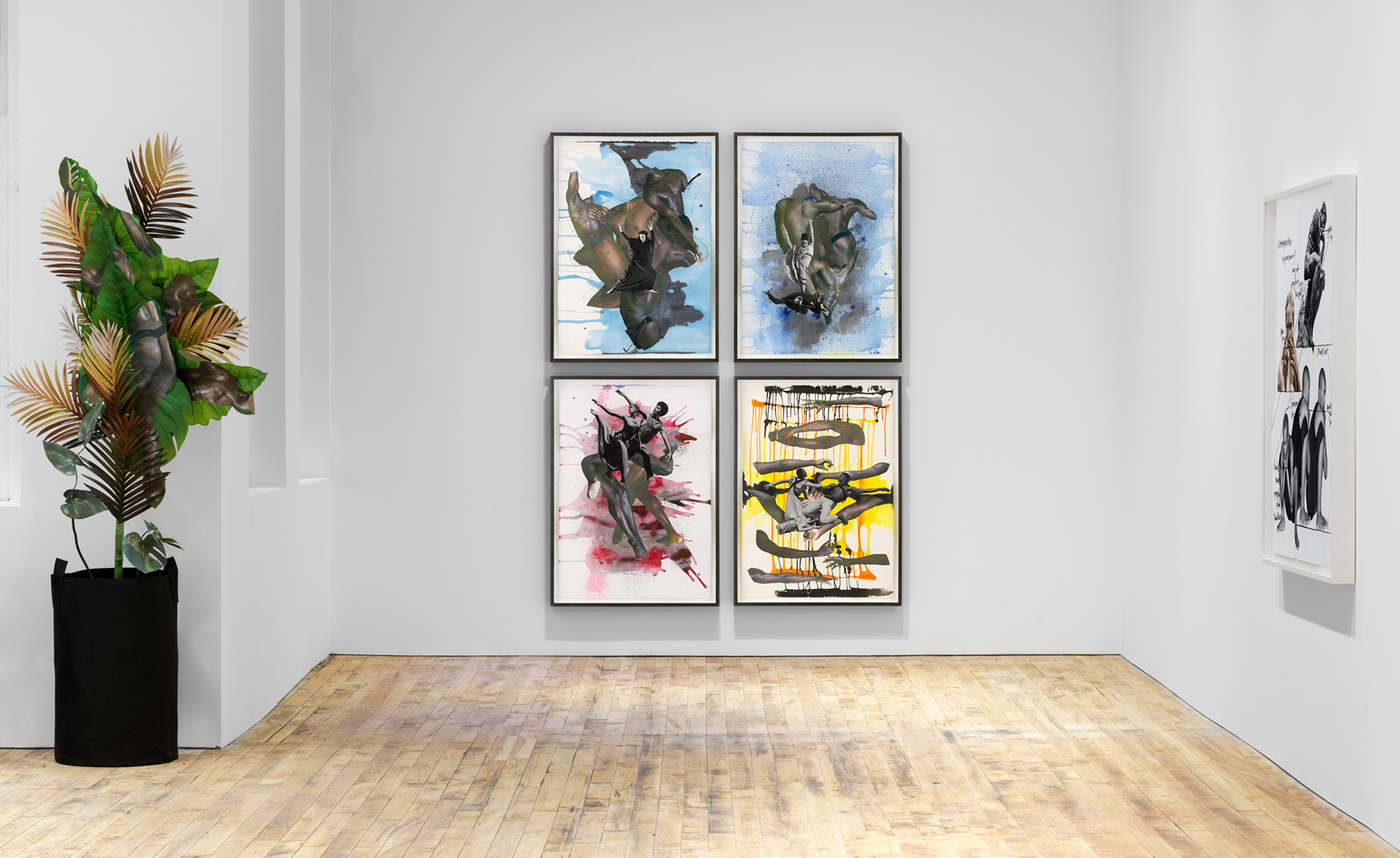 Ebony L Haynes shakes up tradition at David Zwirner’s new Manhattan outpost
Ebony L Haynes shakes up tradition at David Zwirner’s new Manhattan outpostAt David Zwirner’s new downtown New York space, 52 Walker, director Ebony L Haynes is restyling the traditional gallery model in an incubator for experimentation
By Pei-Ru Keh
-
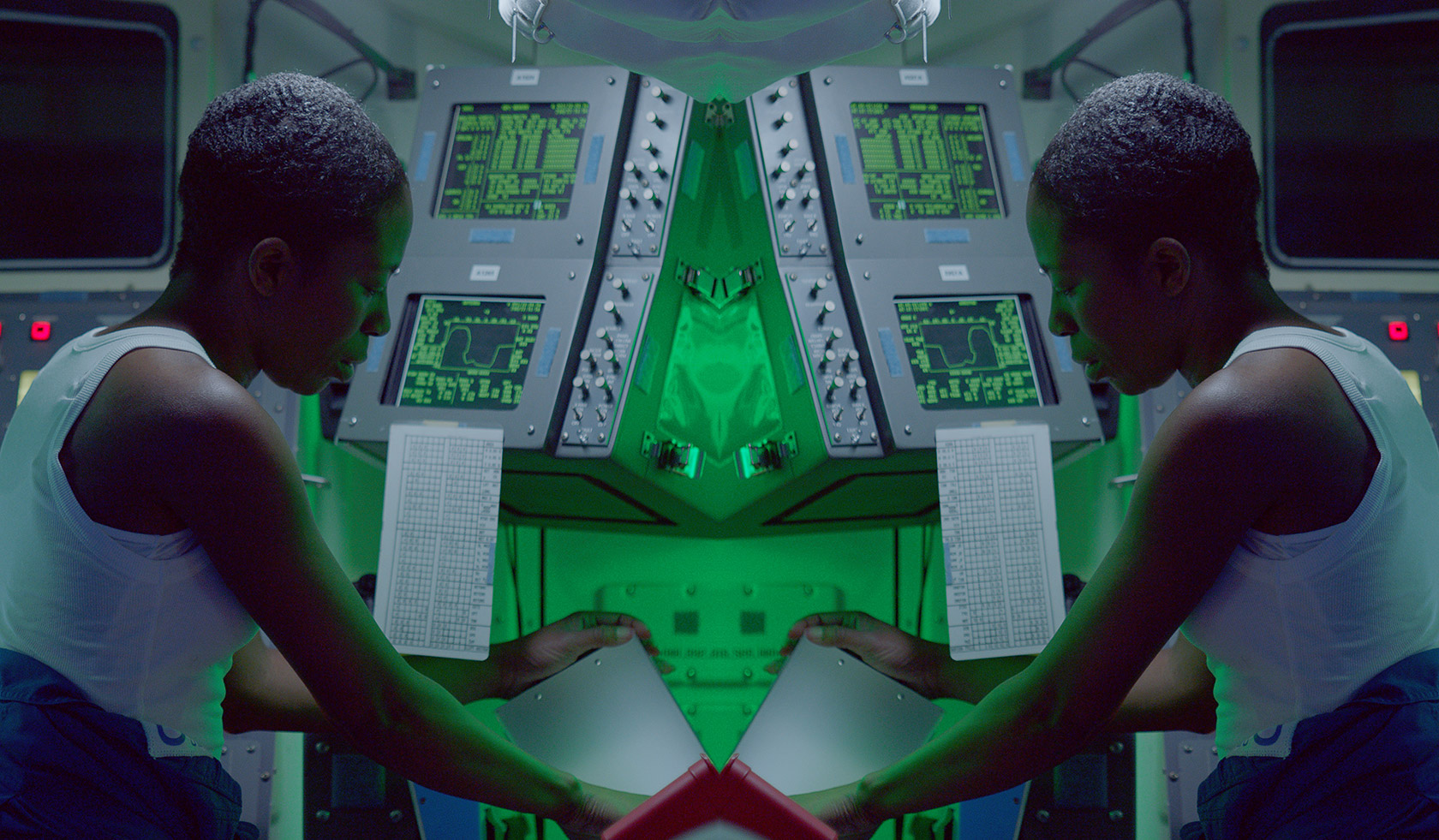 Stan Douglas’ riff on alternative realities has us seeing double
Stan Douglas’ riff on alternative realities has us seeing doubleCoinciding with the announcement that the Vancouver artist will represent Canada in the 2021 Venice Biennale, his galleries in New York and London are staging a dual survey of his ambitious video installation Doppelgänger
By Jessica Klingelfuss
-
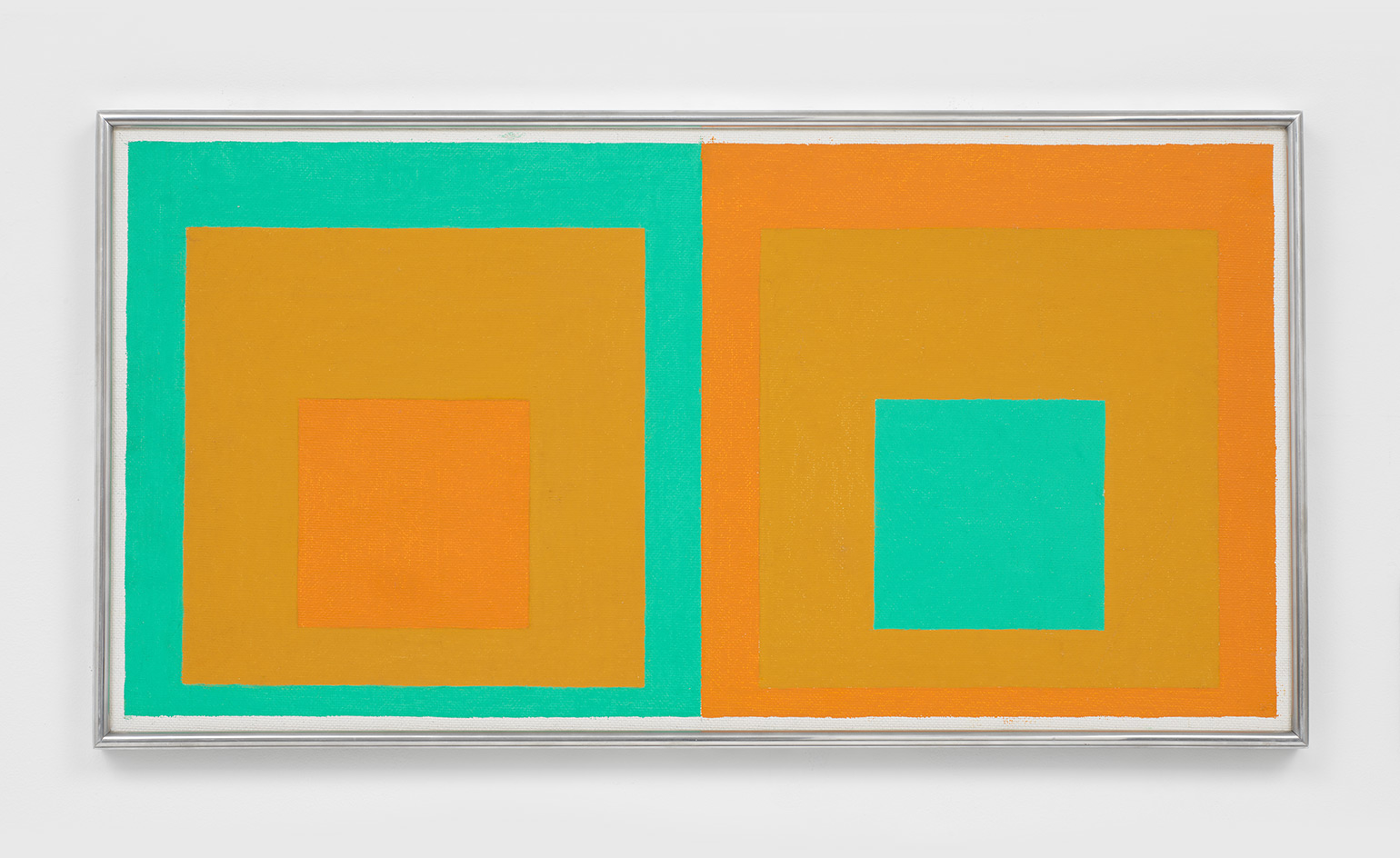 Josef Albers and the modernist maestro’s musical influences
Josef Albers and the modernist maestro’s musical influencesBy Jessica Klingelfuss
-
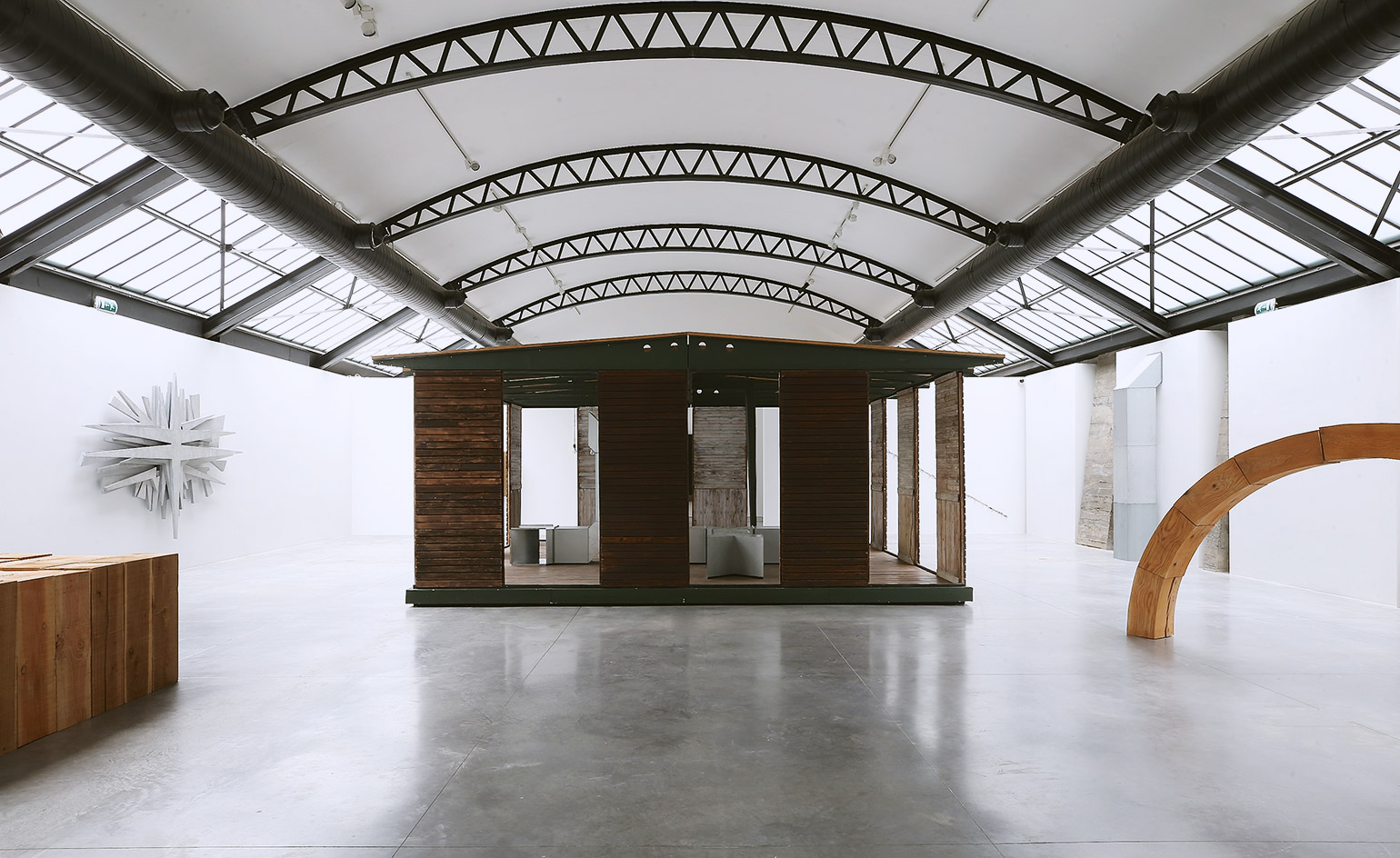 Brutalist sculpture is the star act at this exhibition in Brussels
Brutalist sculpture is the star act at this exhibition in BrusselsBy Amy Verner
-
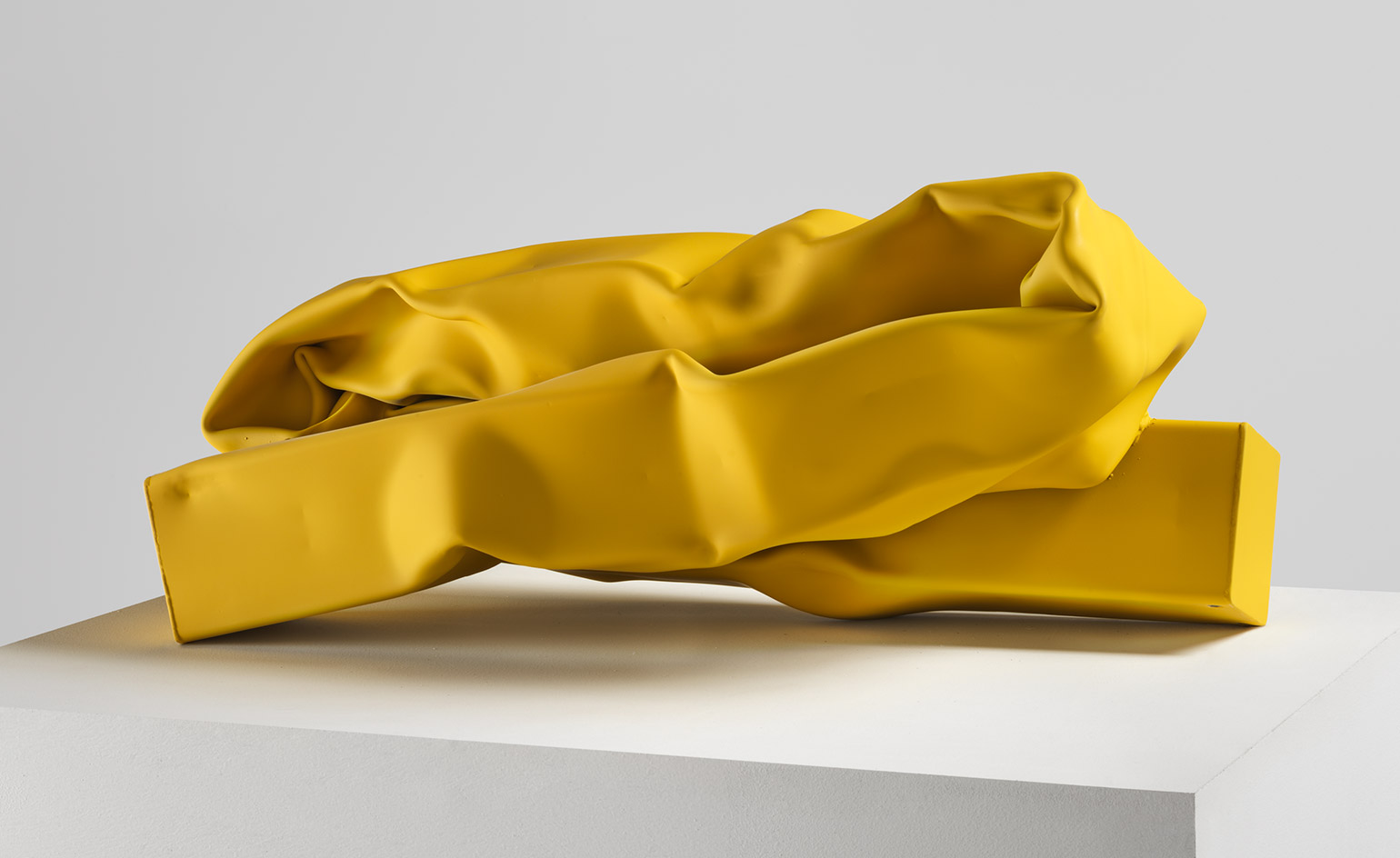 Carol Bove on crushing, crashing and twisting heavy metal into better shape
Carol Bove on crushing, crashing and twisting heavy metal into better shapeBy Caroline Roux
-
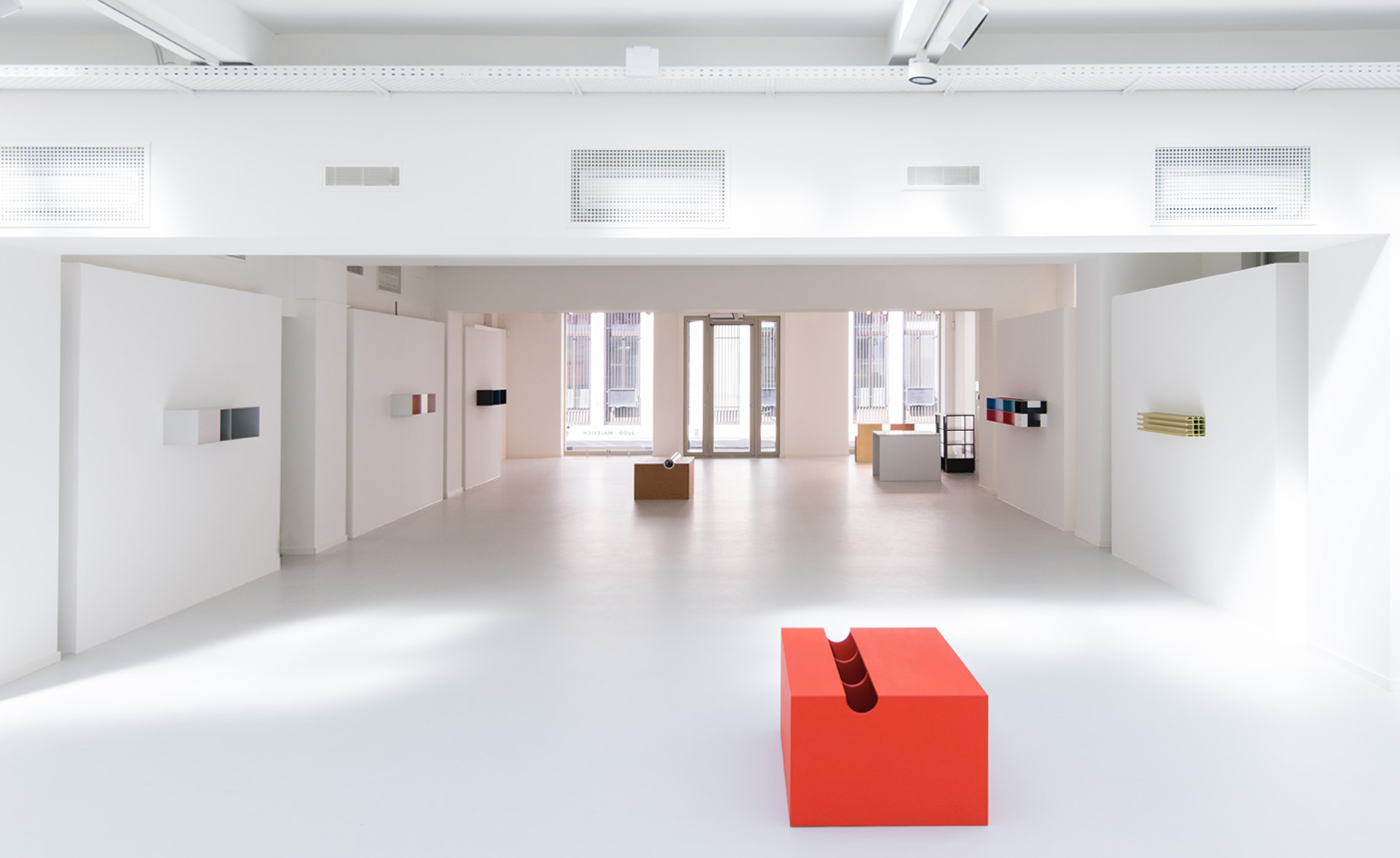 Donald Judd and Kazimir Malevich square off at Galerie Gmurzynska’s new Zurich space
Donald Judd and Kazimir Malevich square off at Galerie Gmurzynska’s new Zurich spaceBy Charlotte Jansen